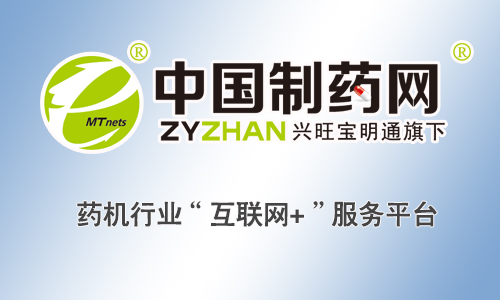[China Pharmaceutical Network Technology News] Human immunodeficiency virus (HIV) has made new progress. Researchers from a number of institutions, including the National Institutes of Health (NIH), made three breakthroughs in a new study. They found a new vulnerable site for HIV that can be attacked by vaccines, a broadly neutralizing antibody that binds to this target site, and how this antibody prevents the virus from infecting cells.

This new target site is called a fusion peptide and is part of the HIV envelope protein subunit gp41. It is made up of 8 amino acids that help HIV to fuse with cells to infect the cells. This fusion peptide has a simpler structure than other sites on the HIV virus that HIV vaccine scientists have studied.
The results of the study were published in the issue of Science, May 13, 2016, entitled "Fusion peptide of HIV-1 asasite of vulnerability to neutralizing antibody".
In this study, the researchers first studied the blood of an HIV-infected person to explore its ability to prevent the virus from infecting cells. This blood neutralizes HIV very well, but does not target any vulnerable sites on the surface of the virus to which the known broad neutralizing HIV antibodies (bnAbs) can bind.
The researchers isolated a powerful bnAb, which they named VRC34.01, from this blood and found that it binds to the fusion peptide and the glycan molecule N88 on the HIV envelope protein subunit gp120. They then obtained crystals when this antibody binds to HIV. This allowed them to describe in detail at the atomic level how VRC34.01 binds to HIV and reveals that this antibody prevents the virus from infecting cells by binding a key cell surface molecule.
The researchers also reported that it is common for the immune system to try to prevent HIV-infected cells by attacking this fusion peptide. When they screened the blood of 24 HIV-infected volunteers, they found that blood samples from 10 of them were targeted to a binding site similar to VRC 34.01.
Researchers are now working to create a vaccine designed to trigger the production of antibodies similar to VRC34.01.
Laser distance measure is a very convenient tool for various types of applications in industries, construction and house decoration. Laser distance meter is a very useful device which gives accurate measurement of distance, area and volume especially in large areas such as rooms, apartments, buildings, real estates, factories, warehouses, infrastructures, gardens, roads, and many other applications requiring accurate results for distance , area and volume measurement.
Trade your heavy tape measure for laser
rangefinder, which let you simply take measurements with one hand. No matter
your job, the laser rangefinder will help you measure much farther, with
greater accuracy and in more situations, saving you money and time.
Specification:
|
Product Model: |
JX40 |
|
Accuracy: |
±1.5mm (0.06 inch) |
|
Measuring Unit: |
metre/inch/feet |
|
Measuring Range: |
0.03~40m (0.01 to 131 ft) |
|
Measuring Time: |
0.1~4 seconds |
|
Laser Class: |
Class II |
|
Laser Type: |
635nm, <1mW |
|
Waterproof & Dustproof : |
IP54 |
|
Auto Laser Off: |
60 seconds |
|
Automatic Power-off: |
480 seconds(8 minutes) |
|
Lighting: |
white LED |
|
Datum Option: |
Can choose Front edge or end piece edge as datum |
|
Battery Status: |
Y |
|
Signal Strength Display: |
Y |
|
LCD display: |
2 inch large screen |
|
Display illumination and multi-line display: |
Max 2 displays |
|
Data Memory: |
Y (allow 20 values) |
|
Backlight display: |
Y |
|
Continuous Measurement: |
Y |
|
Min/max Measurement: |
Y |
|
Addition/Subtraction(Distance/Area/Volume): |
Y |
|
Area/Volume/Pythagoras Measurement: |
Y |
|
Battery Type: |
AAA alkaline battery(2*1.5v ) |
|
Weight: |
about 80g |
|
Dimensions(L*W*H): |
4*2*11.5cm |
|
Auto correction and error report technology: |
Y |
|
Operating Temperature: |
0-40 ℃(32-104 ℉ ) |
|
Storage Temperature: |
-20~60 ℃ (-4~140 ℉) |
Laser Distance Meter,Laser Distance Measure,Laser Rangefinder,Laser Distance Gauge
Chengdu JRT Meter Technology Co., Ltd , https://www.rangesensors.com